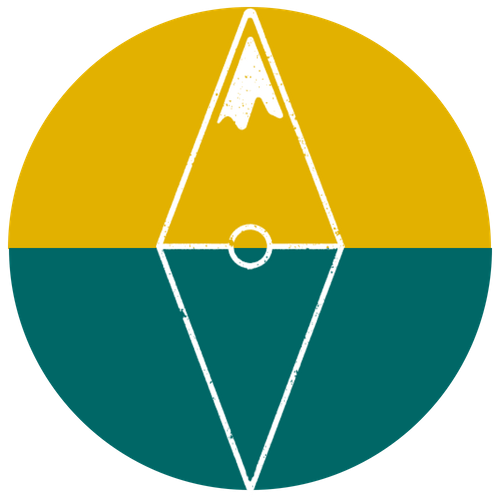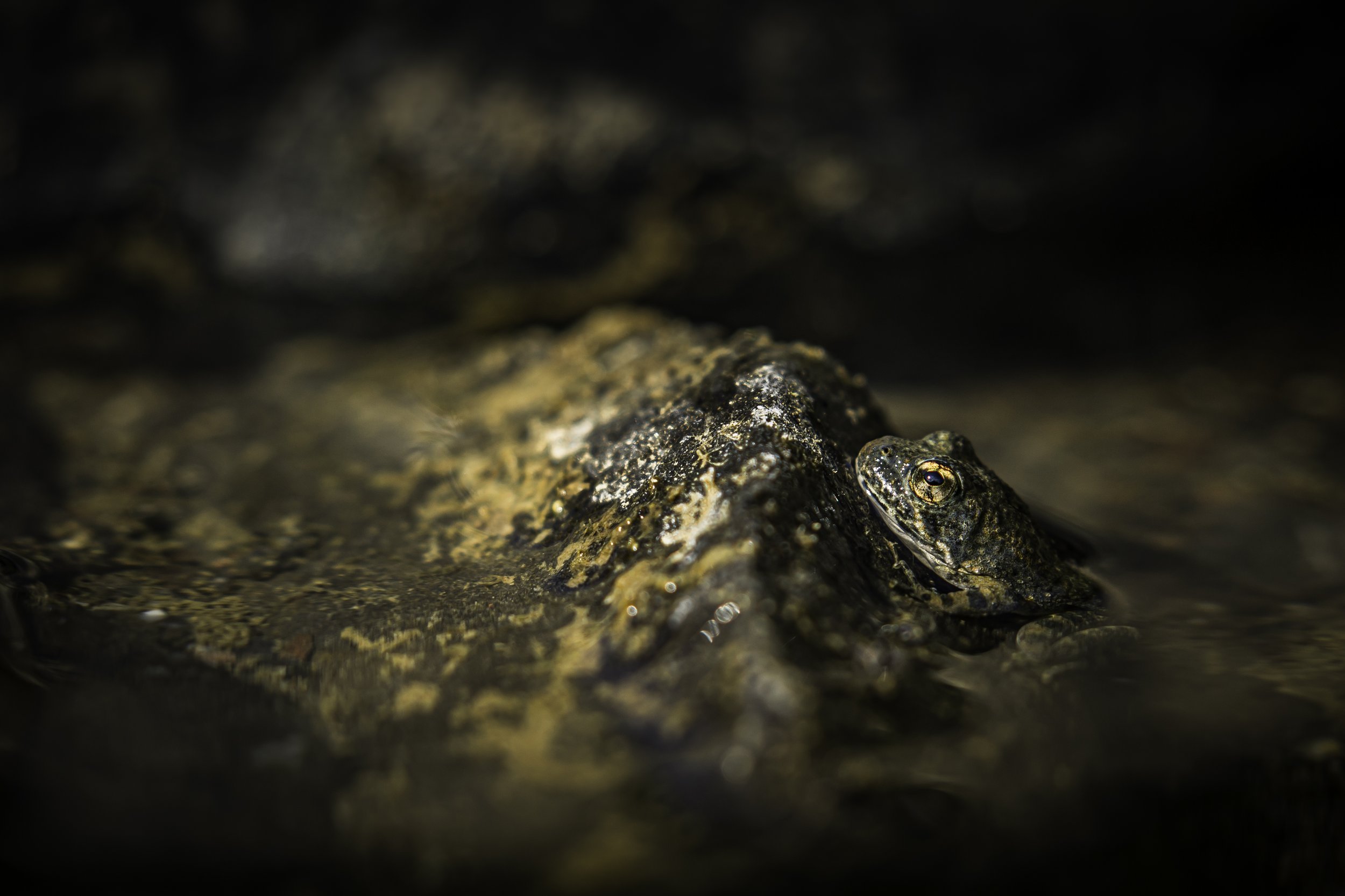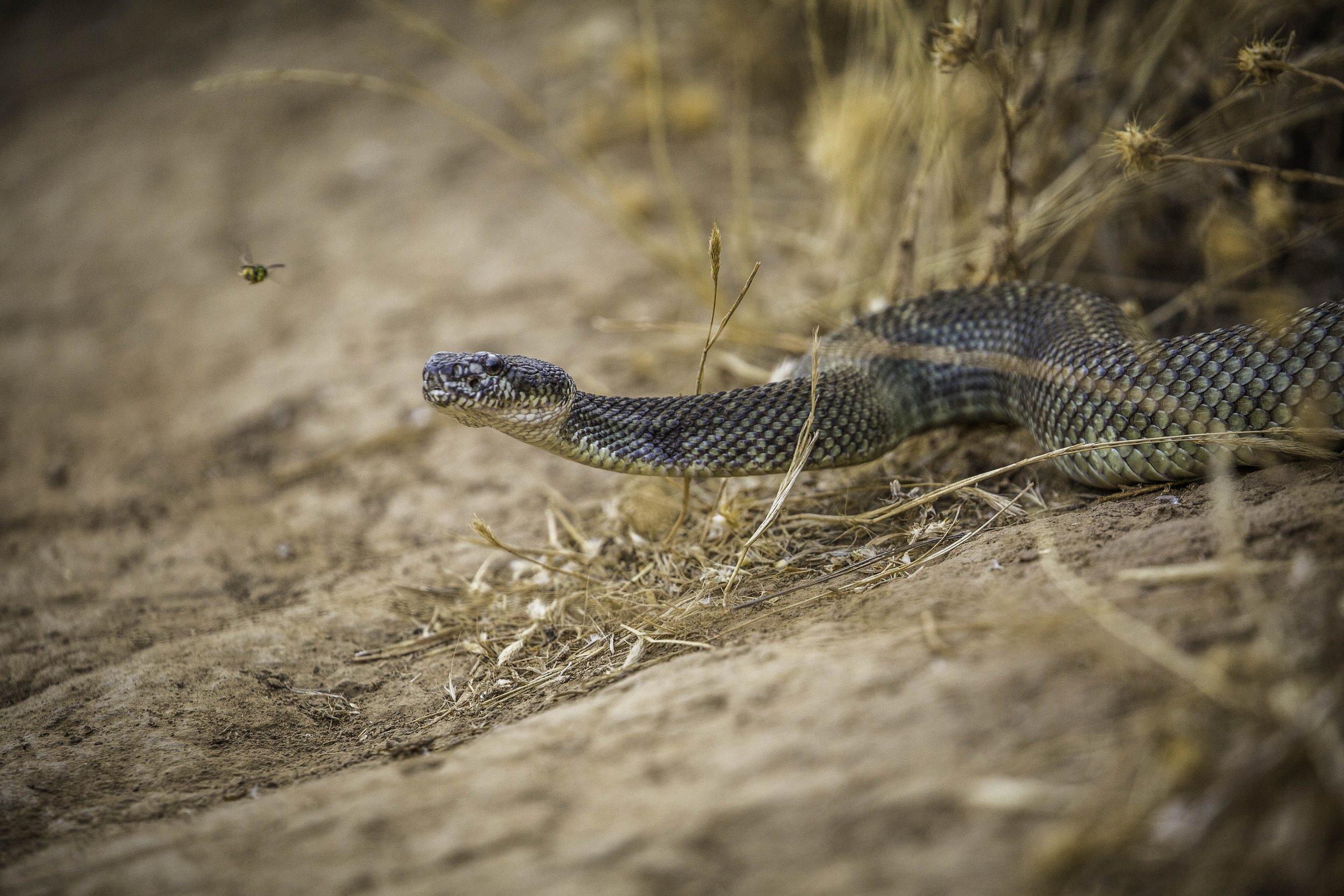A LOOK AT BIDEN’S MONUMENTS
Text and photos: Justin Lotak ᛫ 10 min read
To date, President Joe Biden has designated five national monuments since coming to office in 2021. Below we take a look at four of those five national monuments that had a land conservation element, and what might be on the slate before the end of his first term.
Berryessa Snow Mountain National Monument. Originally designated in 2015 by President Obama, an expansion has been proposed to this national monument in California.
1. Camp Hale-Continental Divide National Monument
Declared on Oct 12th, 2022, Camp Hale-Continental Divide National Monument was President Biden’s first national monument declaration (aside from “restoring” the 1.87 million acre Grand Staircase-Escalante National Monument and the 1.35 million acre Bears Ears National Monument - for a history, there’s a nice summary here). Camp Hale-Continental Divide spans 53,804 acres of the Tenmile Range and is located in central Colorado, between Vail and Leadville. The site used to be a US Army training facility for the elite 10th Mountain Division, where soldiers learned mountaineering and alpine skills, given it is at an altitude of 9,200 feet. The ecosystem in this area is alpine tundra, and several unique species live in this region including ice grass and boreal toads. Also, for those long distance wanderers, the Continental Divide Trail goes through this national monument.
2. Castner Range National Monument
Despite its size, the state of Texas has very few areas set aside by the federal government that have to do with conservation, but on March 21st of 2023, President Biden declared Castner Range National Monument in western Texas to be protected. This 6,672 acre piece of land located on Fort Bliss, 15 minutes north of El Paso, encompasses a high desert ecosystem and forms the southern portion of the Franklin Mountains. The designation was pushed by the community in El Paso for 52 years, and it expands protections adjacent to the existing Franklin Mountains State Park. Species such as Golden eagle, Texas horned lizard, and the Western burrowing owl can be found here, as well as the beautiful Mexican Gold Poppy. For a map of the monument, see here. The monument is the first national monument to be managed by the US Army in over 90 years, and the Army is working on cleaning up the property now before hiking trails open to the public.
3. Avi Kwa Ame National Monument
On the same day as Castner Range, but on a much larger scale, Biden declared Avi Kwa Ame National Monument which spans 506,814 acres (or 792 square miles) across the southern tip of Nevada. Avi Kwa Ame is our country’s second national monument, after Bears Ears, that specifically aims to protect indigenous history. It is home to Spirit Mountain, also known as Avi Kwa Ame, which is a 5,963 foot peak that is considered sacred to several tribes. It also contains some of the oldest Joshua trees in the nation, which share a habitat with a number of species including desert bighorn sheep, desert tortoise, and the Gila monster. For perspective, it is similar in size to North Cascades National Park in Washington (or Rocky Mountain NP and Badlands NP combined). Importantly, it expands and connects protections within a region where there are several other conservation areas, as can be seen in this map, giving local species more space to adapt and evolve.
4. Baaj Nwaavjo I’tah Kukveni – Ancestral Footprints of the Grand Canyon National Monument
On August 8th 2023, President Biden declared Baaj Nwaavjo I’tah Kukveni - Ancestral Footprints of the Grand Canyon National Monument. This national monument protects three separate areas near the Grand Canyon in Arizona, and encompasses an impressive 917,618 acres (1,434 square miles). This is more similar in size to Olympic National Park in Washington. And once again, its creation expands protections for a larger landscape that also encompasses Grand Canyon National Park, Kaibab National Forest, Vermillion Cliffs National Monument, and Grand Canyon-Parashant National Monument, among others. A map of the national monument can be seen here. The region is home to several unique species including ringtails, chuckwallas, short-horned lizards, red-spotted toads and over 400 species of birds.
WHAT MIGHT BE IN STORE FOR 2024?
The following places all have local campaigns that are pushing for their respective protections. Conserving these areas can help ensure their respective ecosystems have more space to adapt with a changing climate, and they will also offer the human benefit of more outdoor spaces to recreate. If you can, please contact your elected officials and voice your support for their designations. By conserving the land, we are conserving ecosystems for future generations, for all species.
1. Owyhee Canyonlands National Monument
Spanning over millions of acres are the Owyhee Canyonlands in SE Oregon and SW Idaho, with rivers carving their ways through sagebrush grasslands, forming several dramatic canyons. This region is one of the wildest spots left in the western continental US and one of the country’s darkest skies. Wildlife includes pronghorn, badgers, and greater sage-grouse, and several plant species are found here but nowhere else. Proposals for a monument have ranged in size, and Oregonians have voiced strong support for the creation of a national monument here. The Oregon Natural Desert Association is working to help protect this ecosystem; please take action to voice your support as well, or go for a visit!
2. Great Bend of the Gila National Monument
Just southwest of Phoenix lies the potential Great Bend of the Gila National Monument, which runs alongside the Gila River in Maricopa County, Arizona. Several species use this area as a travel corridor across the Sonoran Desert including mountain lion, desert bighorn sheep, Sonoran pronghorn, and over 200 species of birds. Two wilderness areas are contained within the proposed monument: Signal Mountain Wilderness and Woolsey Peak Wilderness. As Arizona’s population continues to grow, so does its demand for outdoor recreation, and this national monument would protect a wild area very close to a large urban population. A map of the proposed monument can be found here. Please support this monument by contacting your elected officials and voicing your support.
3. Berryessa Snow Mountain National Monument - Expansion
Originally designated in 2015 by President Obama, Berryessa Snow Mountain National Monument protects an area of the California Coast Range, and there is a call to expand the monument to the east by adding the 13,753-acre area known as Molok Luyuk (pronounced “Ma-lok Lue-yoke”) which means “Condor Ridge'' in the Patwin language. This expansion area contains over 30 species of rare plants and is an important wildlife corridor for tule elk, mountain lion and a number of other species. You can sign a petition for expanding this monument here. The three photos below are all from Berryessa Snow Mountain National Monument, taken in areas where wildlife has bounced back after recent wildfires:
4. Chuckwalla National Monument
Located just south of Joshua Tree National Park in California lies the future potential Chuckwalla National Monument. The proposal is to protect 660,000 acres near the Coachella Valley, which would become the largest protected area of the Colorado Desert bioregion. As the name suggests, you can find the chuckwalla lizard here, whose populations adapt so differently from mountain range to mountain range that each population can have unique color patterns, head shapes and body sizes. A map of the proposed monument can be found here, and you can voice your support for its creation here.
5. San Gabriel Mountains National Monument - Expansion
San Gabriel Mountains National Monument was established in 2014 by President Obama, and there is now a push to add 109,000 acres to the existing monument. Located just outside L.A., this national monument offers hiking trails through forested mountains, and its conservation will help protect drinking water, wildlife corridors, and outdoor recreation access for L.A.’s diverse community. We visited this monument in 2017 when it was being reviewed for potential changes by the Trump administration. Given the dense urban population nearby, over 18 million people would be within a 90-mile radius of this national monument. A map of the proposed expansion can be seen here, and you can take action to support this monument here.
San Gabriel Mountains National Monument. Just a short drive from L.A., this conservation area offers rugged hiking trails and beautiful views of the wild mountains just outside of the city.
6. Medicine Lake Highlands National Monument
In northern California, almost at the border with Oregon near Mt. Shasta, lies an area where the Pit River Tribe is asking for national monument designation. This area is home to some of the headwaters of one of the biggest aquifer networks in the US. There has been pressure to develop the land for its geothermal potential, as well as for forestry. The request from the Pit River Tribe has been to designate Medicine Lake Highlands National Monument, which would protect approximately 200,000 acres of the forests and lakes here. Native species include northern spotted owls, Sierra martens, and Pacific fishers, and the waters are important for salmon runs. More about the important ecology of this area can be found here. You can sign a petition showing support for this potential national monument here.
7. Dolores Canyons National Monument
Located in Colorado’s Mesa and Montrose counties, proponents of the potential Dolores Canyons National Monument say this is the largest and most biodiverse piece of unprotected public lands. Several rare fish and plant species are native here, and the monument’s creation would help ensure that the rich biodiversity that can be found here are more likely to have space to adapt to climate change. The area is great for rafting and hiking, with a trail to get to Colorado’s largest natural bridge. You can voice your support to protect Dolores River Canyon Country here. If you decide to visit here, please follow the suggested guidelines (which are helpful to follow for any of the national monuments above).
8. Kw’tsán National Monument
In southern California, along the border with Arizona, lies the potential Kw’tsán National Monument. The Fort Yuma Quechan Indian Tribe is requesting the Biden Administration to designate a 390,000 acre national monument in this area, which would help protect a much larger cultural and conservation area as it sits near Avikwalal, Palo Verde Peak, the proposed Chuckwalla National Monument, and Avi Kwa Ame National Monument. The land is currently managed by the BLM, and although a map is not yet available, the boundaries would extend between the Indian Pass Area of Critical Environmental Concern (ACEC) Pilot Knob (Avikwalal), Singer Geoglyphs (ACEC), Buzzards Peak, and Picacho Peak Wilderness areas. The Colorado River runs along the eastern side of the proposed monument, and the water brings several species to the region including roadrunners (Talypó is the native name), Woodhouse toads, desert tortoises, sidewinders, Yuma kingsnake, black-tailed jackrabbit (Ak'úlyts), kit fox, roundtail ground squirrels, badger, and chuckwalla. You can sign a petition voicing your support for the potential national monument here.
9. Bahsahwahbee National Monument
In eastern Nevada, to the northwest of Great Basin National Park, lies the potential Bahsahwahbee National Monument. This land, also known as “Sacred Water Valley”“, as well as “Swamp Cedars”, is the site of the largest known massacre of Native Americans in history, and is now a site of pilgrimage for the Indigenous Newe Peoples. The Newe believe that the grove of swamp cedars, which would not typically grow at this altitude, hold the spirits of their ancestors that were killed here. In the mid 1800s, several massacres of indigenous peoples took place here, carried out by the US Army and vigilante groups. The Southern Nevada Water Authority (SNWA) had been proposing to pump the water from this area to southern Nevada to support Las Vegas’s booming population and increasing water demand, but retracted its plans in 2020. In order to ensure future protections of this area and its water resource, Indigenous communities, as well as small local ranching and farming families, have called for its conservation. A map of the proposed 14,000 acre national monument can be found here, and you can support by signing the petition to protect this area as a national monument here. And for a nice short film about the history of the land, please see below:
Sacred Water Valley, Uncertain Future: Bahsahwahbee (Swamp Cedars) National Monument Campaign
We hope you found this article helpful, and we hope that President Biden makes a push to protect more national monuments using the Antiquities Act before the end of his first term. Although many of the newly created or potential national monuments listed above may be unfamiliar to most of the general public, each one has had a local grassroots community of supporters that have voiced for its protection, in some cases for several decades. These are some of this continent’s treasures when it comes to landscapes, ecological value, or cultural history. We hope that this list continues to grow, and we hope that you have an opportunity to visit each one in the future!





